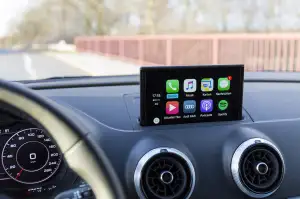Power Up Your Devices: The Ultimate Guide to USB to 12 Volt Adapters
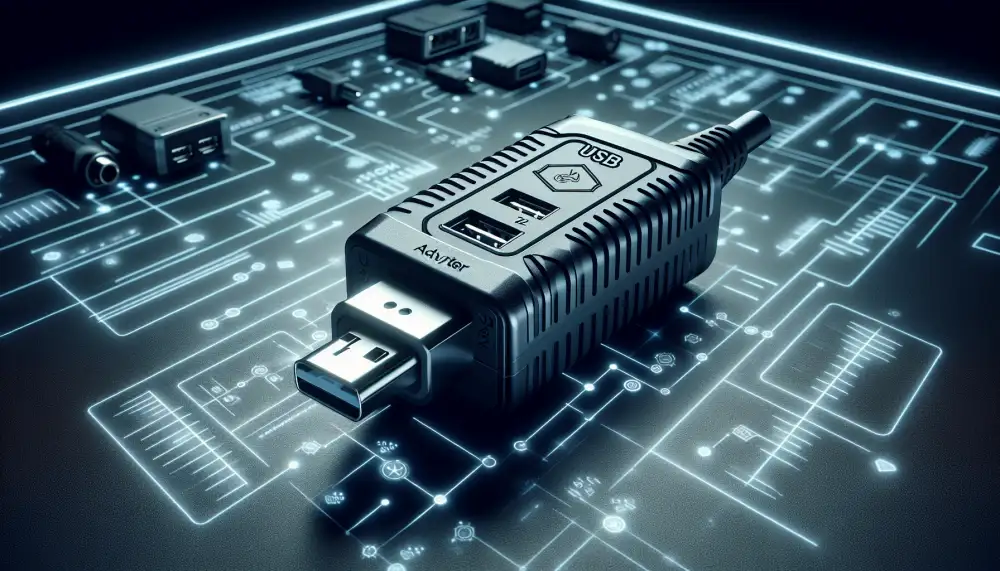
Basic Working Principle
A USB to 12-volt adapter, often called a USB car charger or USB power converter, is a handy device that transforms the standard 5 volts DC (VDC) output from a USB port to 12VDC. This voltage conversion is crucial because many devices, like portable air compressors, tire inflators, and certain electronics, require a 12VDC power source to operate.
At the heart of this adapter lies a boost converter, a DC-to-DC converter circuit designed to increase voltage levels. When you plug the USB end into a powered USB port, the adapter receives the 5VDC input. The boost converter then utilizes electronic components, primarily an inductor and a switching element like a transistor, to generate a higher voltage output.
The inductor acts as an energy storage element, while the transistor rapidly switches on and off, controlling the current flow through the inductor. This switching action creates a fluctuating magnetic field around the inductor, which in turn induces a higher voltage across the inductor's terminals. By carefully controlling the switching frequency and duty cycle (the ratio of on-time to off-time of the transistor), the boost converter precisely regulates the output voltage to the desired 12VDC.
Finally, the adapter incorporates a rectifier circuit to convert the high-frequency alternating current (AC) output from the boost converter into the stable 12VDC required by your device. This entire process, from receiving the 5VDC input to delivering the 12VDC output, happens seamlessly and efficiently within the compact housing of the USB to 12-volt adapter.
DC-DC Conversion Explained
A USB to 12-volt adapter is a prime example of DC-DC conversion in action. These handy devices, often used to power car accessories or portable electronics, take the standard 5V DC output of a USB port and transform it into the 12V DC needed by the connected device. But how does this voltage change happen?
At the heart of the adapter is a DC-DC converter circuit. This circuit employs various electronic components, primarily switching elements like transistors, to manipulate the input voltage. The process typically involves these steps:
Chopping: The incoming 5V DC is rapidly switched on and off, creating a pulsating DC signal.
Transformation: This pulsating signal is then fed into a transformer, which steps up the voltage from 5V to 12V.
Rectification and Filtering: The output of the transformer is an alternating current (AC). A rectifier circuit converts this AC back into DC, and a filter smooths out any remaining ripples, resulting in a clean 12V DC output.
There are two main types of DC-DC converters: linear and switching. Linear regulators are simpler but less efficient, wasting more energy as heat. Switching regulators, like the ones in most USB to 12V adapters, are more complex but significantly more efficient, making them ideal for portable applications.
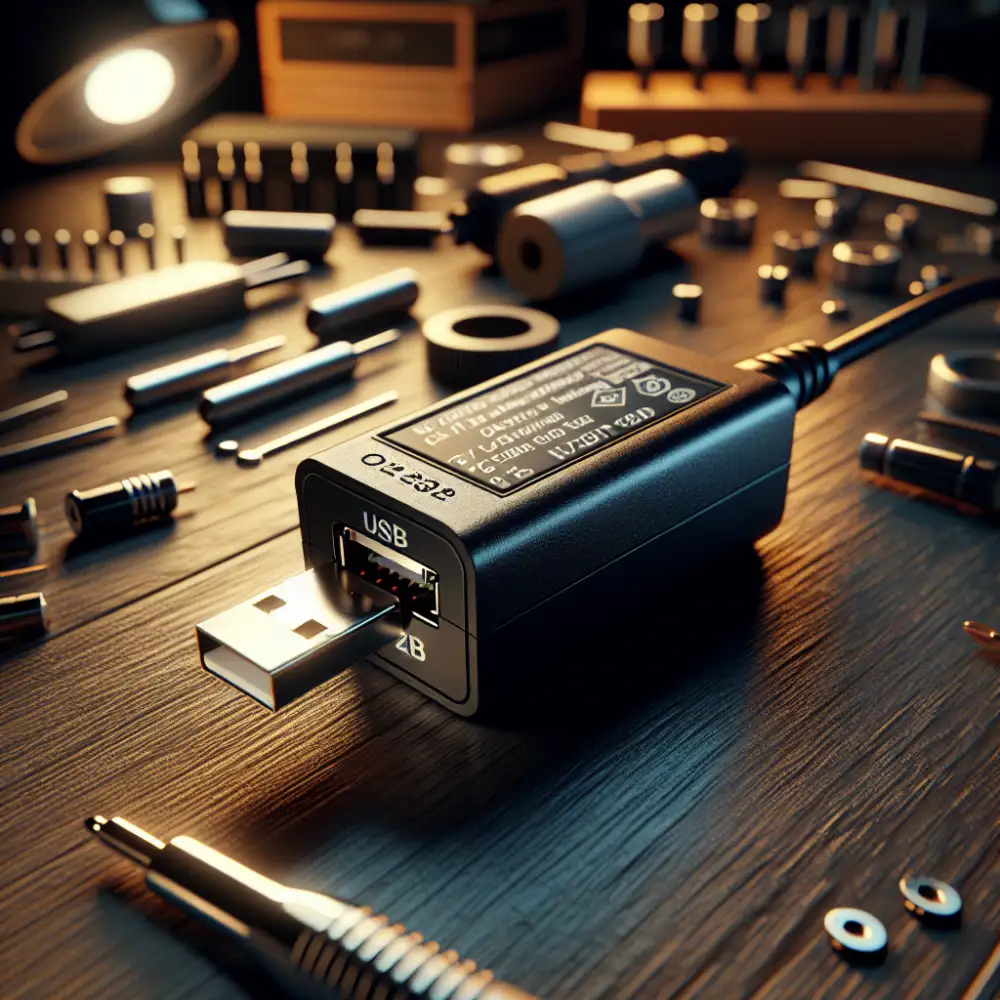
So, the next time you power up your dashcam or portable fan using a USB to 12V adapter, you'll know that a clever bit of DC-DC conversion is making it all possible.
Step-Up Boost Converter
A USB to 12-volt adapter, often housing a step-up boost converter, plays a crucial role in powering devices that require a higher voltage than the standard USB output. A typical USB port provides 5 volts, while many devices, like portable lights, routers, or some car accessories, operate on 12 volts. This is where the step-up boost converter comes in.
This clever electronic circuit acts as a voltage pump, effectively increasing the 5V USB output to the required 12V. It achieves this by employing a switching technique involving an inductor, a capacitor, and a switching element, typically a transistor. The inductor stores energy when the switch is closed, and this stored energy is then released at a higher voltage when the switch opens, charging the output capacitor to 12V.
The efficiency of these converters is quite high, often exceeding 90%, meaning minimal energy is wasted during the conversion process. This efficiency is crucial for battery-powered applications, ensuring longer operation from a single charge.
When choosing a USB to 12V adapter, consider the current (Amps) required by your device. The adapter should provide at least the same or higher current than your device's requirement to ensure proper operation. Additionally, look for adapters with over-current and over-voltage protection features to safeguard both the adapter and your connected device.
Importance of Voltage Regulation
A stable and reliable 12-volt power supply is crucial for many devices, from LED lights to portable refrigerators. However, the standard USB port only outputs 5 volts. This is where a USB to 12-volt adapter comes in, utilizing a boost converter circuit to increase the voltage. Voltage regulation is paramount in these adapters. Without proper regulation, the output voltage can fluctuate, potentially damaging your connected device. Imagine plugging in a sensitive piece of electronics, only to have it fried by an unstable power supply.
Effective voltage regulation ensures a consistent 12-volt output, regardless of fluctuations in the input voltage from the USB port. This protection safeguards your devices from potential harm caused by voltage spikes or drops. Moreover, consistent voltage translates to consistent performance. Your device will operate as intended, without flickering, dimming, or unexpected shutdowns. In essence, voltage regulation in a USB to 12-volt adapter acts as a silent guardian, ensuring the longevity and optimal performance of your valuable electronics.
Efficiency and Power Loss
No USB port can directly output 12 volts. A dedicated device is needed to boost the USB's typical 5 volts to 12 volts. This conversion process, unfortunately, isn't perfectly efficient. Some energy is inevitably lost as heat, primarily due to resistance in the electronic components within the adapter. The efficiency of a USB to 12-volt adapter, often expressed as a percentage, tells us how much of the input power is successfully delivered as output power.
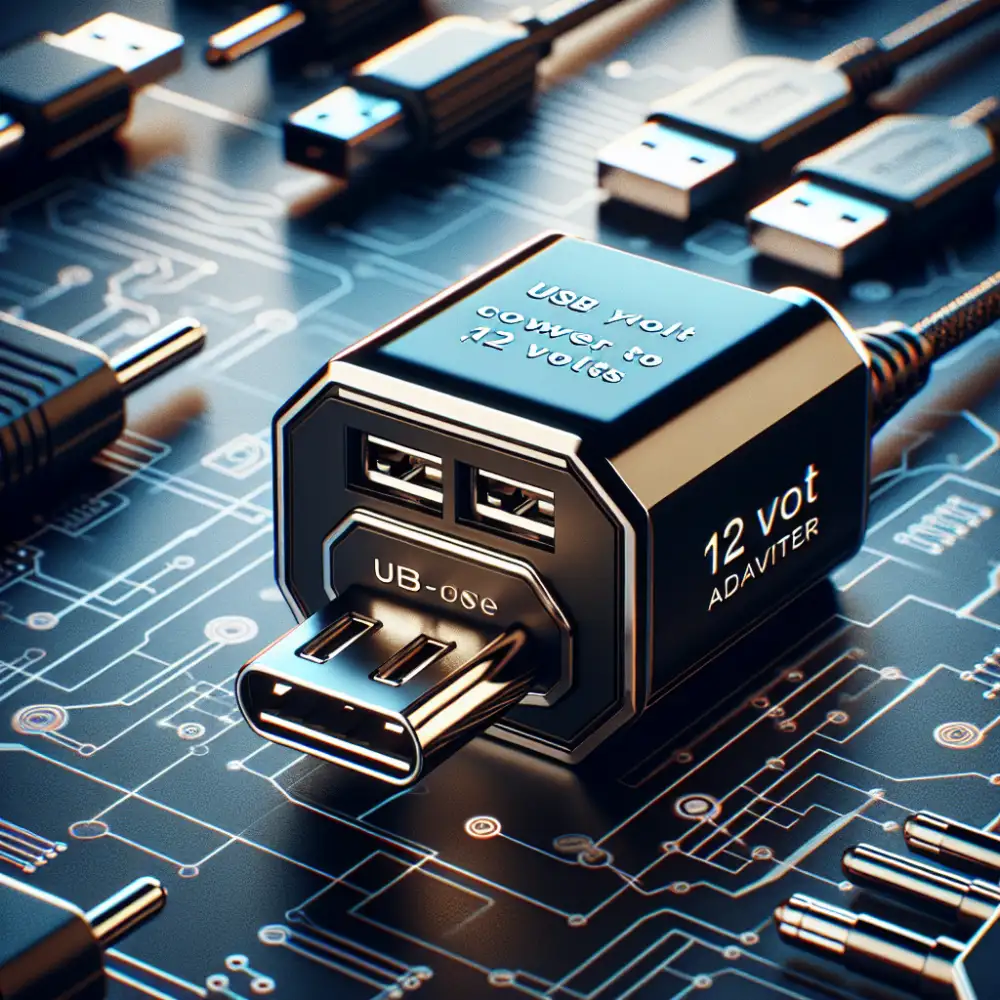
For example, an 80% efficient adapter means that for every 100 watts drawn from the USB port, 80 watts power the connected device, and 20 watts are dissipated as heat. Several factors influence the efficiency of these adapters. High-quality components generally lead to higher efficiency, while cheaper adapters might use less efficient components to cut costs. The output current also plays a role; higher current demands usually result in slightly lower efficiency.
While some heat generation is normal, excessive heat can indicate a poorly designed or faulty adapter. This can lead to reduced lifespan, performance issues, and even safety hazards. It's always recommended to choose adapters from reputable brands and check user reviews for any overheating concerns.
Common Applications
USB to 12-volt adapters, also known as USB to DC power converters, are incredibly versatile devices with a wide range of applications. They allow you to power 12-volt devices using a standard USB port, opening up a world of possibilities.
| Feature | Option 1 | Option 2 | Option 3 |
|---|---|---|---|
| Input Voltage | 5V USB | 5V USB | 5V USB |
| Output Voltage | 12V DC | 12V DC | 12V DC |
| Maximum Output Current | |||
| Efficiency | |||
| Size | |||
| Connector Type (Output) | |||
| Protection Features | |||
| Price |
One of the most common applications is powering car accessories on the go. You can use a USB to 12-volt adapter to power your dashcam, GPS unit, phone charger, or even a portable tire inflator from your car's USB port or a portable power bank. This is particularly useful for newer cars that may not have a dedicated cigarette lighter port.
These adapters are also popular for powering LED light strips, which are commonly used for home decoration, under-cabinet lighting, and DIY projects. The low voltage requirements of LED strips make them a perfect match for USB power, and the adapter provides the necessary voltage conversion.
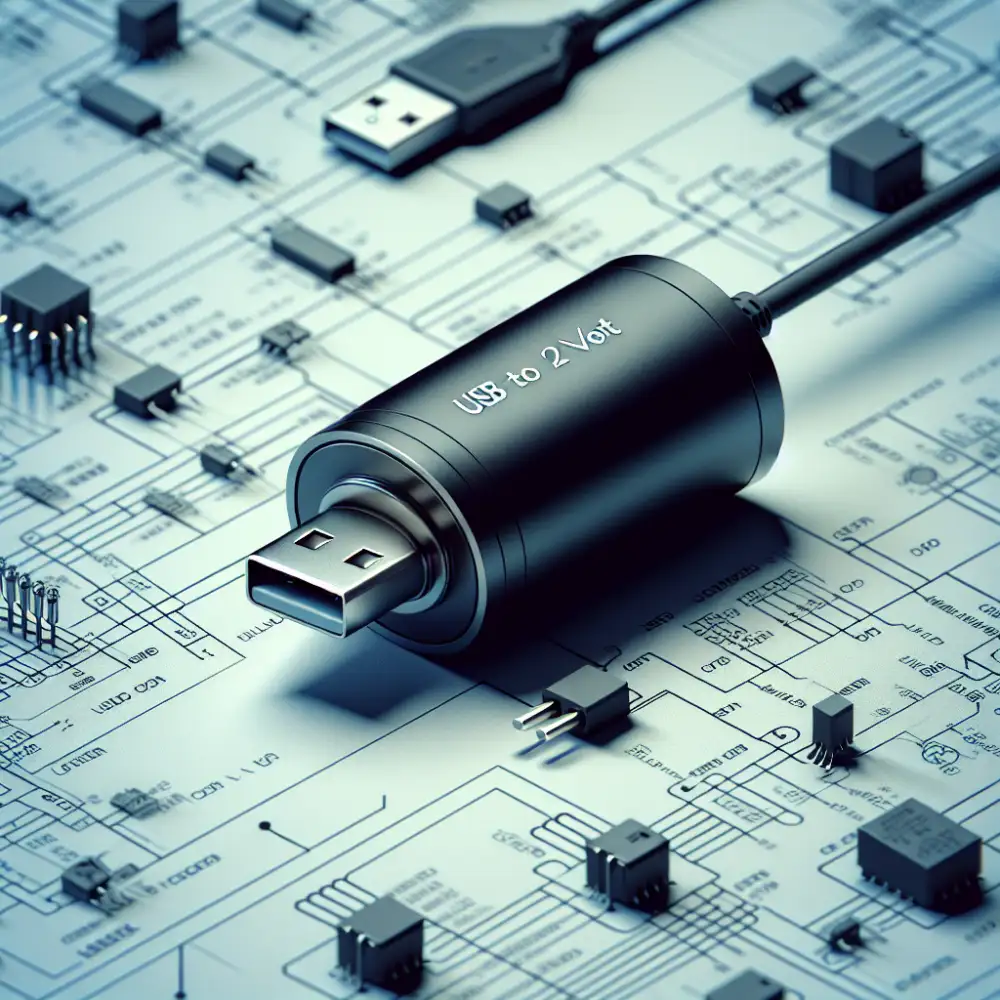

Another common application is powering portable devices like mini fans, air purifiers, and Bluetooth speakers. Many of these devices are designed to run on 12 volts, and a USB to 12-volt adapter allows you to power them from a laptop, power bank, or even a wall adapter with a USB port.
Furthermore, these adapters are handy for powering small electronics and hobbyist projects. If you are working with a device that requires 12 volts, a USB to 12-volt adapter can be a convenient and cost-effective power solution.
When choosing a USB to 12-volt adapter, it's crucial to consider the power requirements of your device. Check the voltage and amperage ratings to ensure compatibility and safe operation.
Safety Features
When choosing a USB to 12-volt adapter, or a device that converts USB power to 12 volts, safety should be your top priority. Look for adapters with built-in safety features that protect both your devices and yourself from potential hazards. Overcurrent protection prevents damage to your devices by cutting off the power supply if the current exceeds a safe level. Overvoltage protection safeguards against voltage spikes, ensuring that a steady 12-volt output is maintained. Short circuit protection prevents damage to the adapter and your devices in case of a short circuit. Overheating protection automatically shuts down the adapter if it gets too hot, preventing potential fire hazards.
Additionally, check for certifications from reputable organizations such as UL or CE, which indicate that the adapter has met rigorous safety standards. A well-designed adapter should have a durable and fire-resistant casing to prevent damage from drops or overheating. Remember, a safe adapter is an investment in the longevity of your devices and your peace of mind.
In the world of electronics, sometimes it's the smallest of bridges that connect us to the greatest power.
Finnian Blackwood
Choosing the Right Adapter
When looking for a USB to 12-volt adapter, it's crucial to choose one that matches your device's specific requirements. Start by checking the label or manual of your device to determine its power needs, usually expressed in amps (A) or milliamps (mA). The adapter's output voltage should always be 12V, but the amperage rating should be equal to or higher than your device's requirement. Using an adapter with insufficient amperage can lead to performance issues or even damage your device. Conversely, using a higher amperage adapter won't harm your device, as it will only draw the power it needs. Consider the type of USB port you'll be using. Standard USB ports on computers have a limited power output, typically around 5V and 0.5A. If your device requires more power, you'll need an adapter that can handle the conversion efficiently. Look for adapters specifically designed for higher-power devices or consider using a wall adapter with a USB port. Pay attention to the build quality and safety features. Choose adapters from reputable brands that have certifications such as CE, FCC, or RoHS. These certifications indicate that the adapter meets safety and performance standards. Additionally, look for features like over-current, over-voltage, and short-circuit protection to safeguard your device.
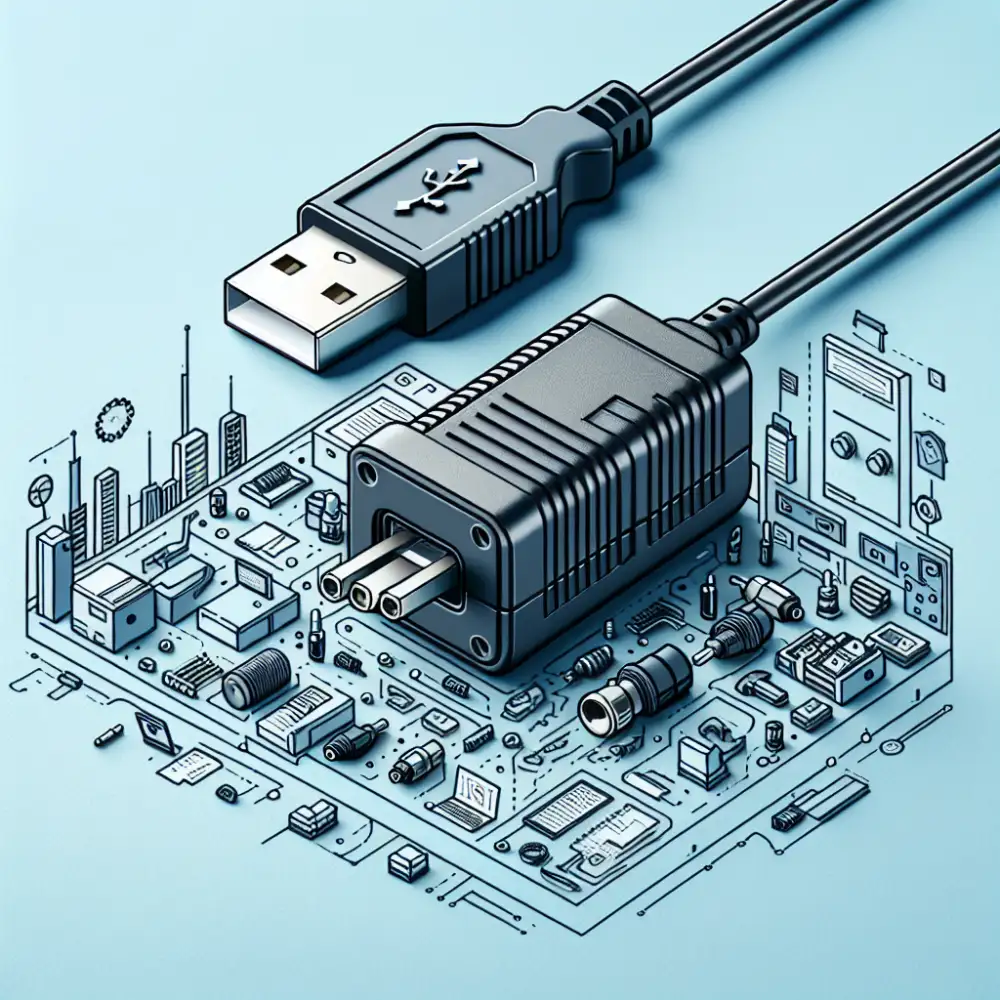
Voltage and Current Ratings
A USB to 12-volt adapter, also known as a USB to 12V converter or step-up converter, is a handy device that allows you to power 12V devices using a standard USB port. Understanding the voltage and current ratings of both the adapter and your device is crucial for safe and efficient operation.
USB ports typically provide a voltage of 5V. However, the current output can vary depending on the USB standard and the power source. Standard USB 2.0 ports generally offer up to 500mA (0.5A), while USB 3.0 ports can provide up to 900mA (0.9A).
On the other hand, your 12V device will have specific voltage and current requirements. These ratings are usually printed on the device itself or its power adapter. The current rating, often expressed in amps (A) or milliamps (mA), indicates how much current the device draws.
It is essential to choose a USB to 12V adapter that can meet the current demands of your device. If the adapter's current rating is lower than what your device requires, it may overheat, malfunction, or even get damaged. Conversely, using an adapter with a much higher current rating than necessary is generally safe, as the device will only draw the current it needs.
Always check the specifications of both your USB to 12V adapter and the device you intend to power to ensure compatibility and prevent potential issues.
Connector Types and Sizes
When choosing a USB to 12-volt adapter, you'll encounter various connector types and sizes. The connector on the USB side is usually a standard USB Type-A male, the type found on most chargers and computers. However, the output connector, which delivers the 12 volts, can vary significantly depending on the specific device you're powering.
Common connector types include barrel connectors, which come in various sizes, most commonly 5.5mm x 2.1mm. You might also find adapters with screw terminals, allowing you to connect bare wires directly. Some adapters offer multiple output options, featuring a combination of connector types or a selectable voltage switch.
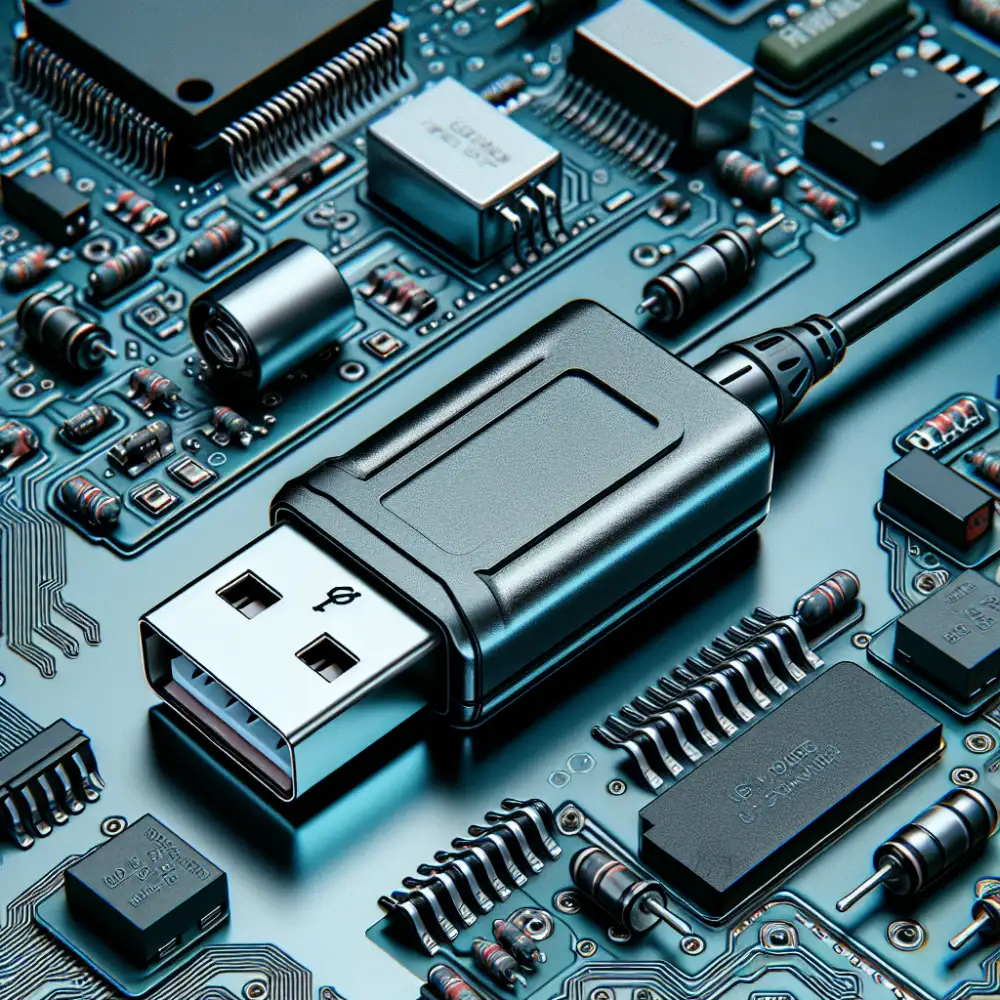
Always check the connector type and size required by your device before purchasing an adapter. Using the wrong connector or size can damage your device or the adapter itself. If you're unsure, consult your device's user manual or contact the manufacturer for clarification. Remember, compatibility is key to ensuring a safe and successful power conversion.
Potential Issues and Troubleshooting
One common issue is insufficient output current. If your device requires more current than the adapter can provide, it may not function properly. Always check the current requirements of your device and the output current rating of the adapter before use. Another potential issue is voltage drops. The USB cable and connectors can cause a voltage drop, resulting in less than 12 volts reaching your device. Use a high-quality, short USB cable to minimize voltage drop. Overheating can occur if the adapter or device is overloaded or if there is a problem with the circuitry. If you notice excessive heat, disconnect the adapter immediately. Incompatibility is another concern. Not all USB to 12-volt adapters are compatible with all devices. Ensure that the adapter you choose specifically states compatibility with your device. Lastly, always protect the circuitry. Avoid using the adapter in extreme temperatures, humidity, or near water to prevent damage.
Published: 28. 06. 2024
Category: Technology

